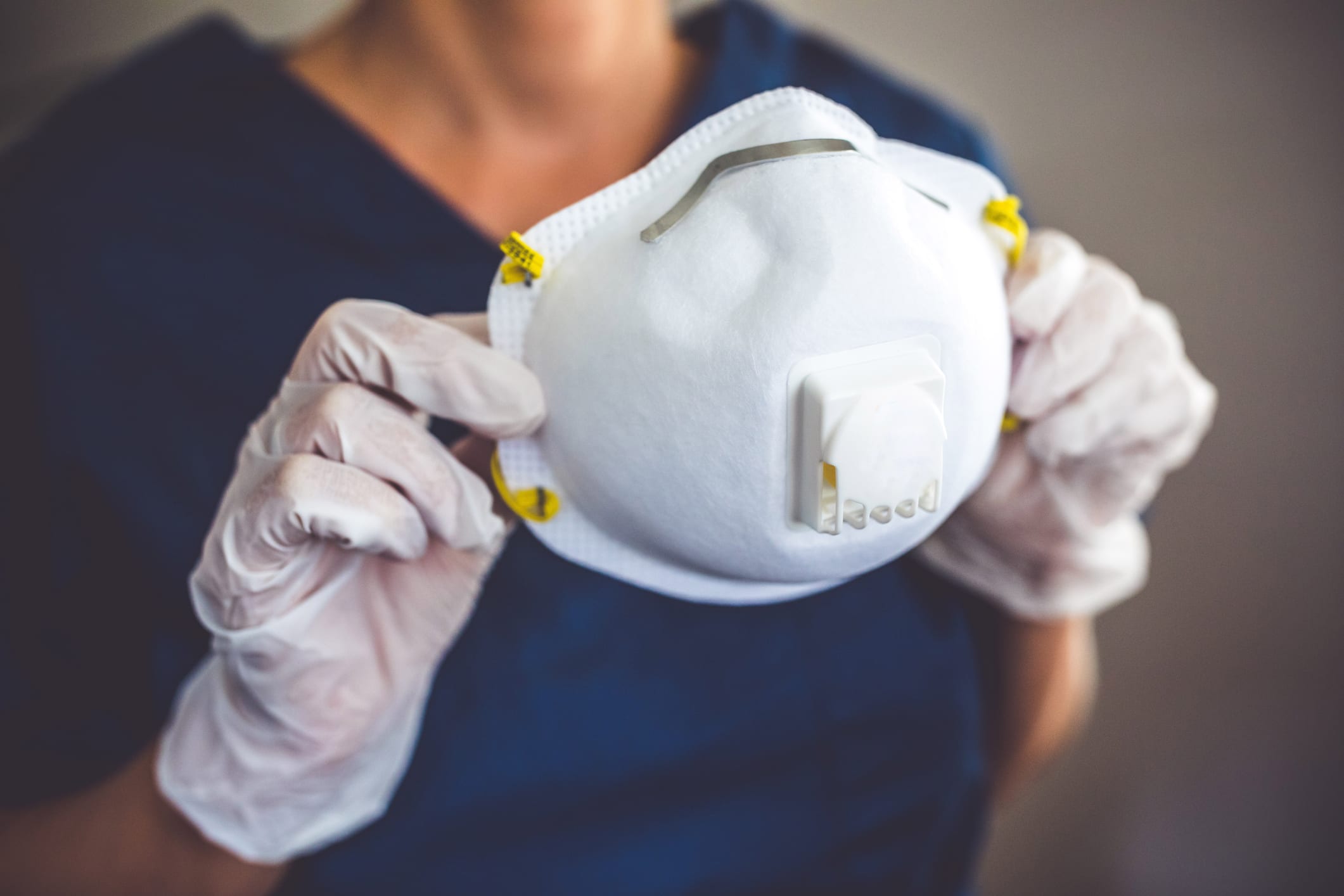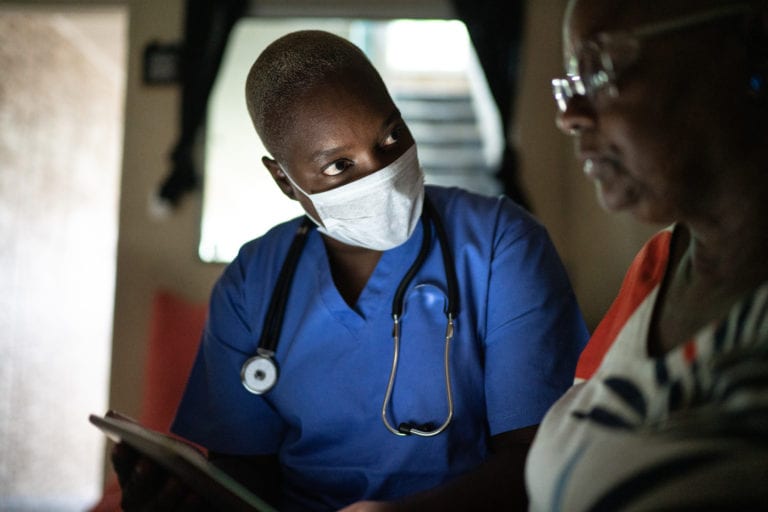By d-mars.com News Provider
Your neighbor is selling fashion masks. Your uncle – expert at everything – wears a sophisticated respirator with a valve. Your dental hygienist wears a medical mask. Your kid is running off to sports practice in a team-supplied neck gaiter. Is there a difference between these face coverings?
In the U.S., over 7 million people have been infected by COVID-19 and over 200,000 have died. According to health authorities, the virus that causes COVID-19 predominantly spreads when people talk, cough and sneeze. In addition to measures such as maintaining physical distancing and frequent handwashing, the U.S. Centers for Disease Control and Prevention (CDC) currently recommends everyone wear a cloth mask when out in public, especially in areas where physical distancing is a challenge, to help slow the spread of COVID-19. Since respirators are in critical supply and the global personal protective equipment (PPE) industry can’t make enough to meet this current demand, respirators and medical masks should be reserved for healthcare workers and other medical first responders.
Wearing a face covering is important: a cloth face covering, such as a reusable mask may help protect others from the wearer. A respirator (when worn properly) helps protect the wearer from airborne hazards around them.
With the COVID-19 pandemic still affecting our daily lives, it’s important to know how choosing a face covering can help those on the frontlines to get what they need to continue the fight. One of the world’s biggest manufacturers of N95 respirators, 3M, created a chart, available at news.3m.com, to help explain the differences between cloth masks/face coverings, surgical masks, and N95 respirators. Ultimately, how you live and work should inform the type of mask you wear.
Face coverings and masks: general public and workers. At public spaces and certain workplaces where protection from occupational hazards is not needed, non-medical disposable and cloth masks that cover your nose and mouth completely may help reduce the spread of COVID-19 (along with other measures such as physical distancing and frequent handwashing) by protecting others from exposure to particles generated by the wearer. Designs with unfiltered valves, such as those with drinking straw holes, or any visible gaps, are not sufficient face coverings under some government guidance. General use masks should not be overly tight and should feel comfortable to wear. A face mask is not the same as a medical mask or respirator.
Medical masks: health care workers. Medical masks are designed to be used by health care workers to help provide a barrier to high-velocity streams of liquid, as well as a barrier to particles that might be expelled by the wearer. This second reason is why health care workers wear medical masks – to help protect patients. Patients may also wear them to help protect others around them. Medical masks meet specific standards and are FDA-cleared for hospital use in the U.S. They fit loosely on the face, so do not provide respiratory protection.
N95 Respirators: health care and critical frontline and certain other essential workers. When used correctly, N95 respirators are designed to create a tight seal to the face and provide respiratory protection. Because the entire surface of the respirator is a filter, it is efficient at capturing at least 95% of non-oily airborne particles that the wearer might breathe in, including liquid droplets that may contain viruses and germs. Respirators with valves are not recommended by the CDC for use in certain settings, such as health care environments that require a sterile field.
For more information on different face coverings, visit www.3m.com.
To stay up to date, consult the CDC and other health authorities for the latest guidelines, updates and recommended precautions around COVID-19.
Source: StatePoint, www.statepoint.net








